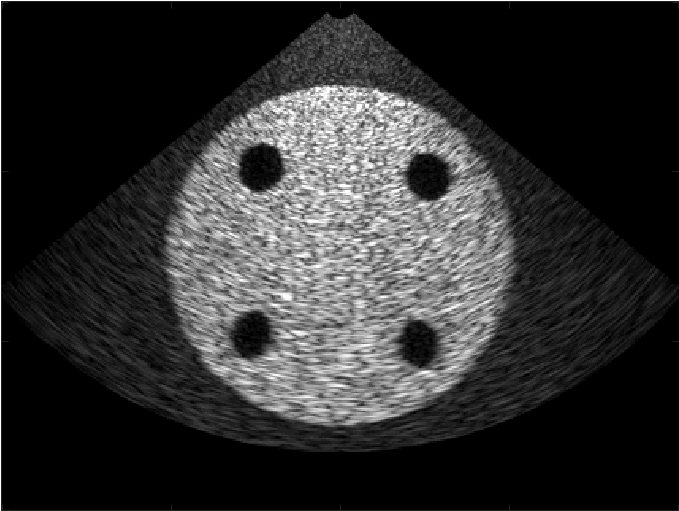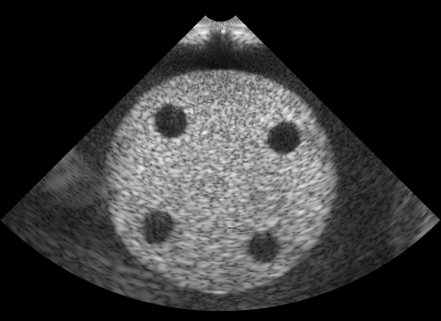This is a joint venture between Philips Research Suresnes FRANCE and CREATIS.
Overview
Motion estimation is one of today's most research-intensive problems. Large databases of natural images including motion references exist allowing for example the training and validation of neural networks in deep learning. However, the characteristics of the images in these databases do not allow them to be used for the study of ultrasound imaging, one of the most widely used medical imaging modalities today. Indeed, the image generation induces the creation of a speckle pattern characteristic thereof. This speckle pattern makes the image particular and decorrelates itself during movements. The use of synthetic sequences is one of the most promising tool for advanced initial in silico training and evaluation. Motion estimation in ultrasound imaging therefore remains an area for improvement, possibly through deep learning methods.
Objectives
We propose to study the adaptation to ultrasound imaging of a state-of-the-art algorithm in motion estimation as well as the generation of a simulated training and evaluation database with ground truth.
Methodology
The main steps of our study are as follows :
- Obtaining an in-vitro database for the evaluation of methods. These images were acquired with a Verasonics research scanner (V-1-128, Verasonics Inc., Redmond,WA) and a 2.5 MHz phased-array transducer (ATL P4–2, 64 elements) on a agar-based disk phantom with incremental angular velocities;
- Generating synthetic images using an ultrasound simulator to fit as closely as possible to the in-vitro data collected;
- Comparing the performance of FlowNet2 and its sub-networks, with and without transfer learning and architecture modification, on simulated data;
- Selecting the best network obtained and comparing it on simulated and in-vitro data to a state-of-the-art non deep learning algorithm used in ultrasound motion estimation: PIV.
An overview of the simulated and in-vitro databases is available hereunder.


Open-access database
The database is composed of 2D ultrasound divided in two datasets, simulated and in-vitro, with a sampling frequency of 312 Hz. We simulated five rotation speeds between 1 and 5 rad/s. For each rotation speed there are two types of discs: with and without anechoic cysts and for each type of disc, six sequences of 300 images each. The in-vitro dataset contains a sequence of 299 frames for each of the five speeds ranging from 1 to 5 rad/s.
Get Started
To browse through the image database, simply connect to the REVOLUS database, explore and download the images of interest or the entire collection. This database is public, so no login is required.
R&D Team
| Ewan EVAIN | PhD student, Philips Research, Suresnes, France
|
| Khuram FARAZ | Postdoctoral fellow, CREATIS, France
|
| Thomas GRENIER | Associate Professor, CREATIS, France
|
| Damien GARCIA | Associate Professor, CREATIS, France
|
| Mathieu De Craene | Research Engineer, Philips Research, Suresnes, France
|
| Olivier BERNARD | Associate Professor, CREATIS, France
|










